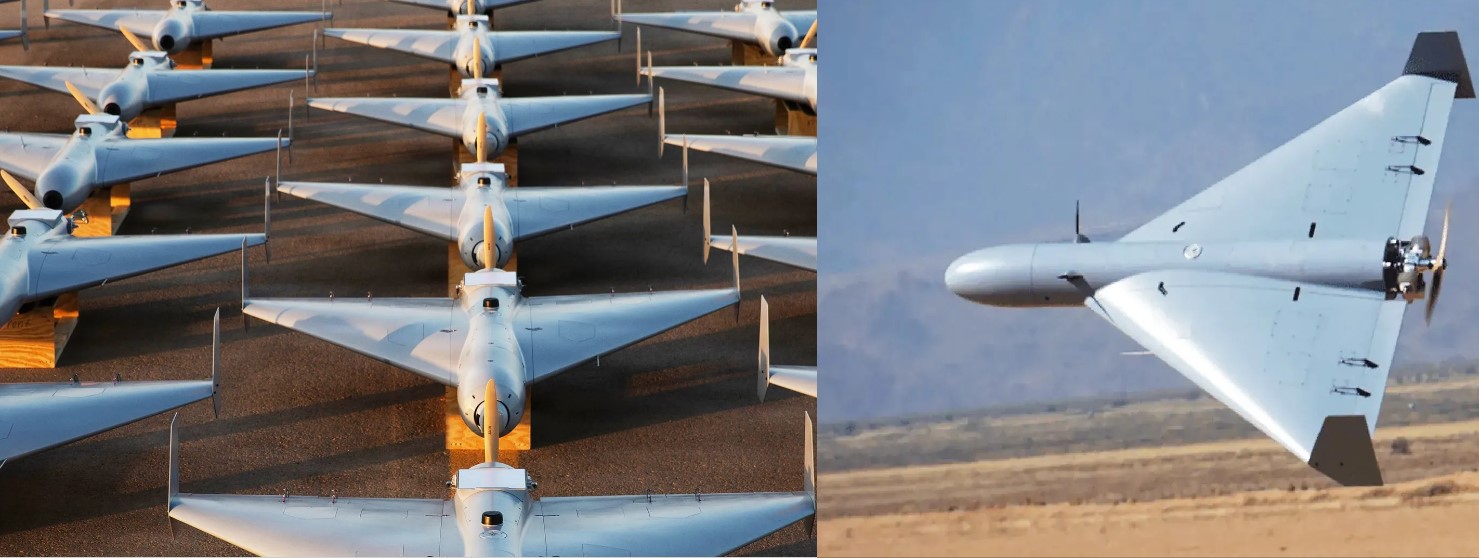Ukrainian Startup Unveils Lightweight Laser Weapon to Kill Drones at Close Range

A Ukrainian tech startup, Fulltime Robotics, has introduced a new lightweight laser system designed to neutralize small drones, especially the fast and cheap FPV drones used frequently by Russian forces on the battlefield. Called SlimBeam, the system was revealed during the IRON DEMO 2025 event, where it drew attention for being compact yet powerful.
Weighing less than 50 kilograms, the SlimBeam laser stands out as one of the lightest anti-drone directed-energy systems in its class. According to the company, it packs a 1.5 kW laser, capable of destroying aerial targets up to one kilometer away. It also has a secondary mode to temporarily blind drone sensors and surveillance optics at distances up to two kilometers.
The SlimBeam is designed to be flexible for frontline use. It can be mounted on fixed defensive structures or installed on unmanned ground vehicles (UGVs), making it suitable for both perimeter defense and mobile operations.
Currently, the system is manually controlled, and the developers are working to improve automated tracking of moving drones. “We need to hold the beam on a drone for 5 to 15 seconds to destroy it,” said Ihor, a developer from Fulltime Robotics, in an interview. However, tracking fast-moving targets accurately for that duration remains a technical challenge. At this stage, most testing has been limited to stationary drone targets.
An automated targeting module is under development and expected to significantly improve the laser's efficiency. But even now, the SlimBeam has shown promise in disabling smaller FPV and surveillance drones commonly used by enemy forces. Larger drones, like the Iranian-made Shahed loitering munitions, require more energy—about 10 to 12 seconds of continuous beam contact—to be affected.
One of the most ambitious upgrades Fulltime Robotics is working on is a portable rifle-style laser system. This would give infantry a handheld anti-drone solution, especially useful against low-flying drones that often appear suddenly during frontline engagements. Such a system could significantly improve the defense capabilities of small units and reduce the threat from sudden drone strikes.
Interestingly, the SlimBeam isn’t limited to military use. At the demo event, engineers also showcased civilian applications, such as clearing small obstructions from power lines, buildings, and trees using the laser’s precision energy beam. These demonstrations hinted at the laser’s dual-use potential—both in war zones and in everyday infrastructure maintenance.
While still in development, SlimBeam shows how Ukrainian startups are pushing the edge of technology under wartime pressure. If successful, it could be a game-changer for frontline defense, especially in environments where drones are playing an increasingly dominant role in reconnaissance and attack missions.
✍️ This article is written by the team of The Defense News.






